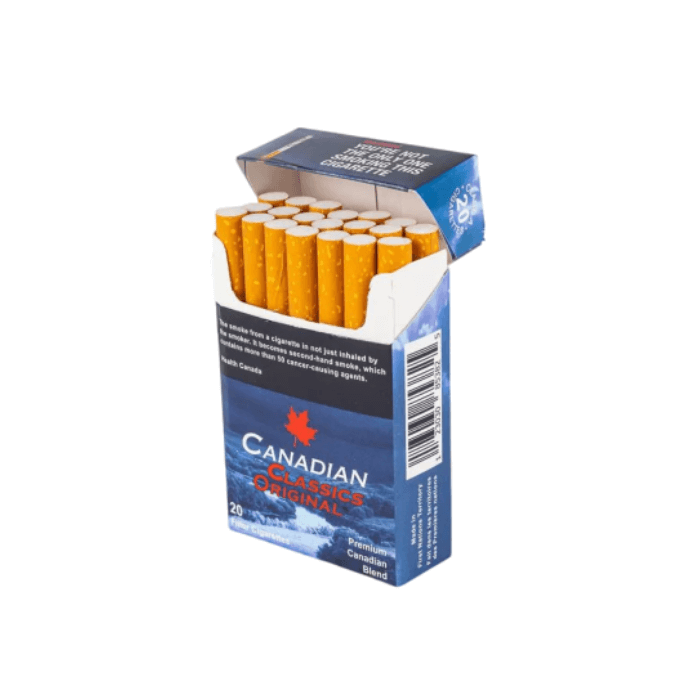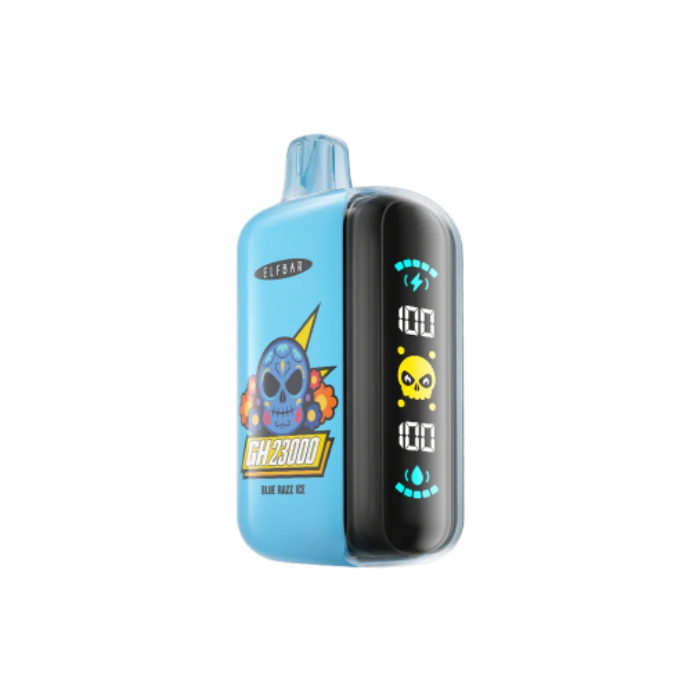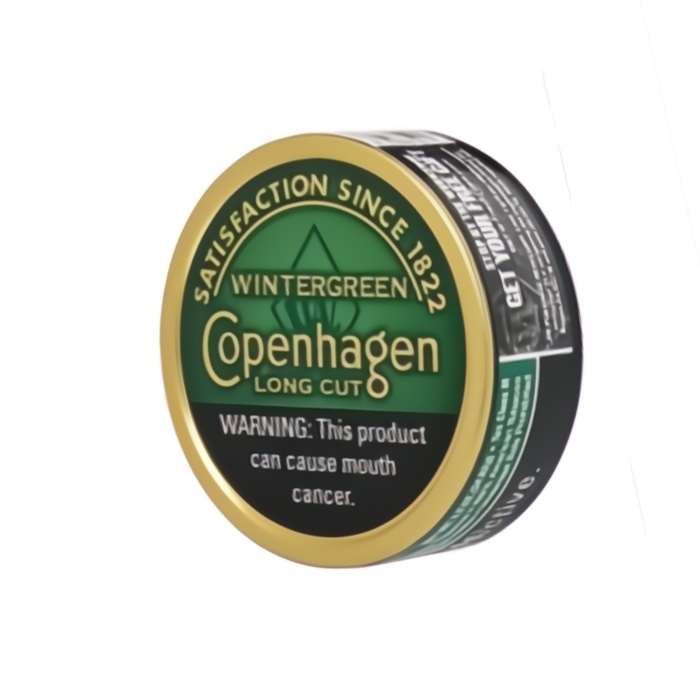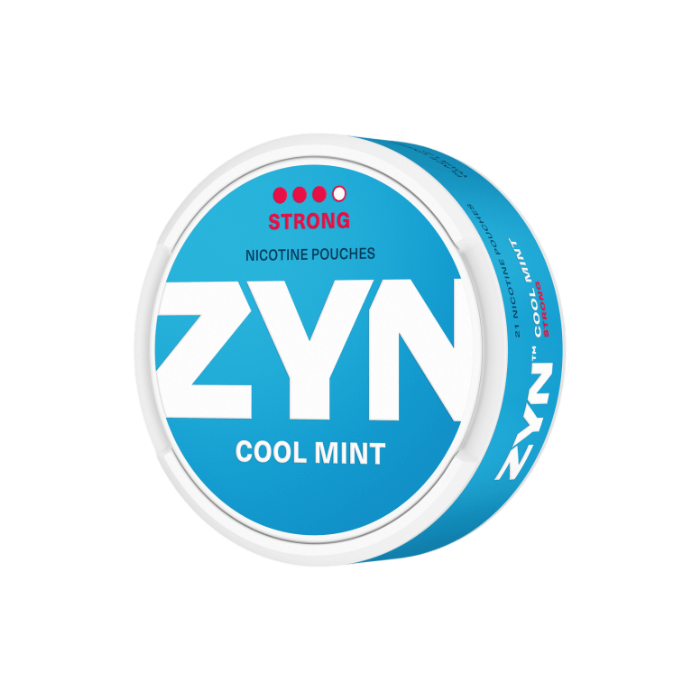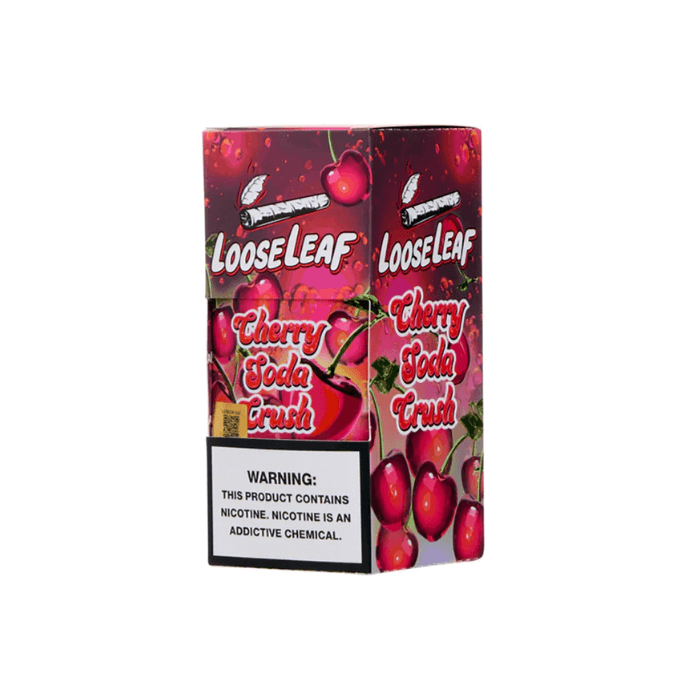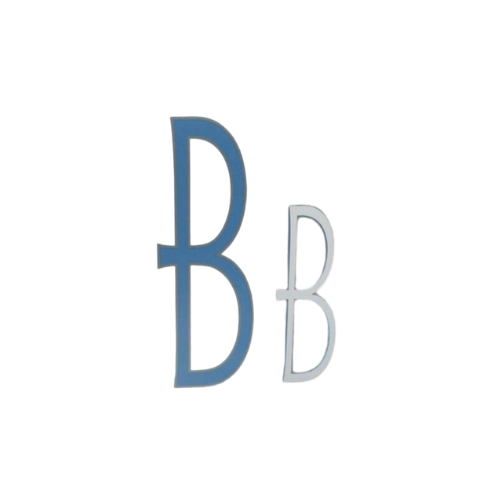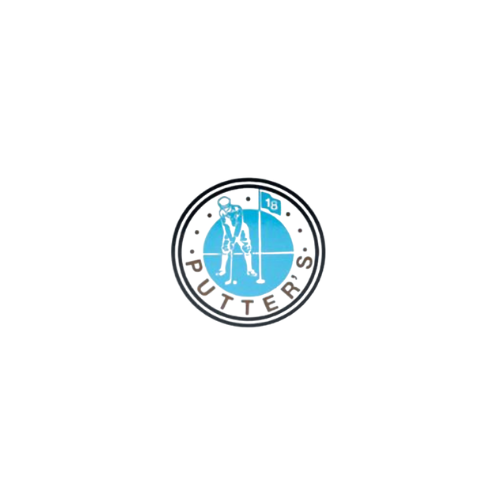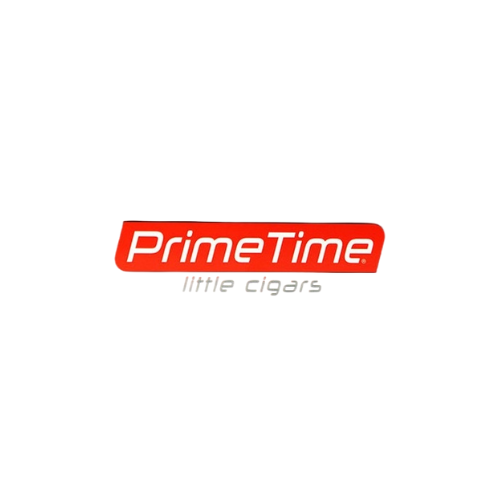Dipping Tobacco, Guides
What Is Dipping Tobacco?
What is dipping tobacco? Smoke from combustible tobacco product possesses harmful substances that make them not only dangerous for smokers but also for people surrounding them. This is where smokeless tobacco products enter. Smokeless tobacco, as its name implies, allows users to enjoy its nicotine hits without producing any smoke in the surroundings.
Many types of smokeless tobacco products are being sold today. One of them is dipping tobacco. If you want to learn more about dipping tobacco, Native Smokes 4 Less is here to provide you with essential information about the said type of smokeless tobacco.
Types of Dipping Tobacco Products
Dipping tobacco, also known as dip tobacco, is a type of smokeless tobacco product that is consumed by placing it between the lip or cheek and gum. Once placed in your mouth, the tobacco elements release nicotine, which is then absorbed by your body through the oral mucosa. The saliva coming from your mouth helps in enhancing the tobacco’s flavour and potency.
Unlike cigarettes and other combustible tobacco products, dipping tobacco doesn’t need to be lit or smoked. You only need to place it properly in your mouth and enjoy its content.
The composition of dipping tobacco is simple. Most of the time, tobacco companies would take advantage of cured and fermented tobacco leaves in making them. The leaves are then finely ground or cut into varying textures, which results in different types of dip tobacco.
Three common types of dipping tobacco you can get today include:
- Long-cut dip tobacco: Long-cut dip tobacco comprises long tobacco strands or leaves. They tend to be coarser in texture, letting users pinch and pack them more easily than other types of dipping tobacco. To use them, you must place them between the gum and lower lip and let the tobacco strands or leaves release their content. Over time, the strands produce excess tobacco juices, forcing you to spit the excess saliva to avoid nicotine poisoning. Since it is easier to handle, long-cut dip tobacco is best used by experienced tobacco users. It is also best enjoyed by those who prefer a slower, more traditional dipping experience.
- Fine-cut dip tobacco: Fine-cut dip tobacco features smaller and more finely ground tobacco pieces. They may also come with shredded tobacco. Compared to long-cut dip tobacco, fine-cut dip tobacco has a finer texture, allowing you to pack the tobacco pieces tighter. While it is somehow more difficult to pinch, it allows you to absorb nicotine much faster since it possesses a finer texture. To use fine cut dip tobacco, you must pack everything properly so it won’t be too loose or messy. Similar to long cuts, you have to spit some tobacco juices along the way. Given the delicate nature of fine cut dip tobacco, it is best used by seasoned dippers.
- Dip tobacco pouches: Dip tobacco pouches, also known as snuff tobacco, are small teabag-like packets that contain perfectly portioned powdered tobacco. They are often more convenient and less messy than other types of dipping tobacco since they have already been packed and don’t require too much spitting. The pouches, however, release nicotine slower than others. Despite their slower nicotine release, many tobacco users still prefer them, especially if they’re always on the go. The qualities of dip tobacco pouches make them a perfect companion for beginners as well as those who want to dip in social or work settings.
The existence of these types of dipping tobacco allows smokeless tobacco users like you to pick one that best fits your taste, preferred nicotine hits, and so on.
The leaves, which are processed in various cuts and textures, are then infused with a wide variety of additives. These additives include flavourings, sweeteners, binders, and moisture retainers. The purpose of these additives is to boost the taste, aroma, and overall experience of dipping tobacco. Of course, the overall composition of these products may differ from one brand to another.
Native Smokes 4 Less currently offers a bunch of dipping tobacco products from different brands. These brands include Skoal, Copenhagen, Stoker’s, and Grizzly.
Prevalence and Demographics
Now that you know dipping tobacco and its common types, it’s time to learn its prevalence and demographics.
You see, dipping tobacco has been around for many decades already. As a matter of fact, it somehow existed way long before cigarettes became popular. The use of smokeless tobacco, which covers dipping tobacco, has been prevalent for centuries in various places in the Americas and Europe. It was only after the discovery of cigarettes that people started switching over to the combustible tobacco option.
Regardless of the popularity of cigarettes as well as the rise of vaping products and nicotine pouches, dipping tobacco remains a key source of nicotine for many people today. This has been proven by various studies and data collected over the past few decades.
Who Uses Dipping Tobacco?
The 89th volume of the IARC Monographs, Smokeless Tobacco and Some Tobacco-specific N-Nitrosamines, breaks down the consumption and prevalence of use of smokeless tobacco products, including snuff tobacco.
Although the surveys conducted don’t always specify the type of dipping tobacco used, it’s evident that the overwhelming majority of users opt for moist snuff, which is consumed orally.
Now, the data on the prevalence of smokeless tobacco use among young people in South America, South Asia, and Africa heavily relies on the Global Youth Tobacco Survey (GYTS). The GYTS project was developed by the World Health Organization (WHO) and the Centers for Disease Control and Prevention (CDC), which aimed to boost the capacity of countries to monitor tobacco use among youths. It was also meant to guide the implementation and evaluation of tobacco prevention and control programs.
For many countries in Europe, no data on smokeless tobacco consumption were available. The only data available for these countries is their annual sales data.
- Denmark: In 1995, snuff and chewing tobacco accounted for 0.5% of all tobacco sales by weight in Denmark. A decade before, employed men in the Copenhagen Male Study (mean age 63, range 53-74 years), an estimated 3.5% reported chewing tobacco or snuff use without smoking.
- Finland: Finland’s moist snuff consumption remained steady from 1970 to 1987 (6 to 8 per person aged 15 years and above), then increased to 22 to 29 g from 1988 to 1994. In 2002, 1.2% of adult men used snuff daily, with the highest among 25 to 34-year-olds (2.3%).
- Norway: Statistics Norway has been collecting data on snuff use since 1985. The most recent national surveys from 2004 to 2005 show that 10% of men and boys aged 16 to 74 years used snuff. Of these, 5% used it daily and 5% used it occasionally.
- Sweden: Moist snuff sales in Sweden increased to 6,800 tonnes in 2002 after declining from 6,500 to 2,500 tonnes between 1920 and 1967. Now, per-capita consumption of moist snuff rose steadily from 393 to 922 g per person between 1970 and 2004. The 2004 to 2005 Swedish national survey then found that 20.0% of men and 0.9% of women aged 16 to 84 used moist snuff daily, while 5.4% of men and 1.1% used it occasionally. Daily use of snuff among men increased from 16.7% in 1988 to 1989 to 20.0% in 1996 to 1997 and 22% in 2004.
In the Americas, data on sales of snuff and chewing tobacco are available. The USA serves as the leading producer of snuff and other smokeless tobacco products around the world. The country then experienced significant increases in sales of these products in recent decades, from 10,840 tonnes in 1980 to 33,520 tonnes in 2003 (209% increase).
- Canada: Recent Canadian national data on smokeless tobacco consumption and prevalence are only reported in aggregate, not by product type. The sales of smokeless tobacco products in the country remained relatively stable in 1989, except for some fluctuations in 2000 and 2001. In 1968, chewing tobacco had a slightly higher prevalence (0.7%) among men aged 15 and older compared to snuff (0.4%) with a combined prevalence of 1.8% among men over 65 years of age. In 1989, a random telephone survey of boys and girls aged 11 to 19 years in northeastern Ontario revealed that 4.5% of respondents reported current chewing tobacco use, while 1.1% used snuff.
- USA: When it comes to the snuff market in the USA, moist snuff dominates the whole thing, accounting for 95% of the market by weight in 2001. In contrast, dry snuff sales experienced a steady decline, dropping from 3,678.70 tonnes in 1986 to 1,526.20 tonnes by 2001. During the same period, the sales of moist snuff gradually increased, rising from 16,391.00 tonnes in 1986 to 28,980.00 tonnes in 2001. Notably, per-capita consumption of both moist and dry snuff has consistently increased since 1981, except for a slight dip in the mid-1980s. In 2000, men aged 19 to 24 years (3.6) had the highest current snuff use rate, surpassing chewing tobacco use among men aged 18 to 44 years. Snuff use was more prevalent in southern regions of the USA.
- South America: Limited information is available from the GYTS regarding the prevalence of smokeless tobacco and non-cigarette tobacco use in various countries in Latin America. In a cross-sectional survey conducted in schools in Venezuela, chimó, a type of smokeless tobacco, was used by 13.5% of boys in grades 6 to 9 (approximately 13 to 16 years old). Notably, 10% of boys in grade 6 also reported using chimó.
The use of smokeless tobacco in South Asia was also prevalent. As a matter of fact, the use of smokeless tobacco in South Asia is known to be high. New forms of smokeless tobacco have then emerged over the last few decades in various countries in the region, enticing new consumers to join the trend. The increase in smokeless tobacco use has been reported not only among men, but also among children, women of reproductive age, teenagers, and immigrants of South Asian origin wherever they have settled. In the WHO Southeast Asia region, over 250 million people were pointed out to be using smokeless tobacco products, representing 17% of its total population.
When it comes to the global tobacco industry, two countries in Africa are known for producing high-quality tobacco products. These countries are Malawi and Zimbabwe. Zimbabwe primarily cultivates flue-cured Virginia tobacco, while Malawi holds the distinction as the largest producer of Burley tobacco. Burley tobacco, which accounts for just under 15% of global tobacco production, is the primary component of Malawi’s tobacco exports.
On a global scale, around 11 to 12 million farmers cultivate tobacco, with Zimbabwe and Malawi collectively comprising around 18,000 and 375,000 farmers, respectively. Between 1980 and 1982 and 1997 and 1999, tobacco leaf exports gained substantial growth in both countries, witnessing a 130% and 69% increase in Malawi and Zimbabwe, respectively.
Since tobacco is mainly cultivated in Africa, some countries in the region then rely on the same leaves as their source of nicotine. In South Africa, many tobacco users take advantage of smokeless tobacco by using it through the nose. A national household survey conducted in the country provided cross-sectional data on a representative sample of the population. Out of the 13,826 participants (5,753 men and 8,073 women), 6.7% (0.9% of men and 10.2% of women) used snuff or chewed tobacco.
In Sudan, a cross-sectional survey on the prevalence of toombak (a type of smokeless tobacco in Africa) used in a random population sample from the Nile State in northern Sudan was done.
The preliminary report analyzed data from 2,000 households, comprising 5,500 adults. Notably, around 40% of the male respondents engaged in toombak use, while 9% of them were both cigarette smokers and toombak dippers.
Association with Cigarette Smoking
Both smokeless tobacco and cigarettes are known to deliver nicotine and cause a number of effects once the stimulant reaches the brain. Their similarities may then explain long-term historical patterns as well as trends in their use across various cultures and regions in the world.
Some observations would suggest that some, if not all, smokeless tobacco products can help one quit smoking or aid smoking cessation (Kozlowski et al., 2003). Others, alternatively, attribute the decline of cigarette smoking in Sweden since the early 1980s as the key reason behind the expansion of moist snuff use (Bates et al., 2003).
Many researchers have then questioned whether smokeless tobacco can truly lead to nicotine addiction among young people in the USA, which potentially triggers subsequent smoking (Tomar, 2003b). Others also questioned the role of snuff in reducing smoking in Sweden.
The association between smokeless tobacco use and smoking, paired with recommendations from tobacco manufacturers or those advocating for product switching, holds vital implications for exposure to carcinogens or cancer-causing chemicals among individuals and populations.
For the last few decades, Sweden and the USA have been the only nations where commercial moist snuff products are widely promoted, available, and used. This helps provide valuable epidemiological data that can be used to know the relationship between moist snuff and cigarette smoking.
Based on the same volume of IARC Monographs, the dual use of moist snuff and cigarettes in Sweden has become prevalent, particularly among men.
Studies then suggest snuff use may precede smoking initiation among young men and contribute to smoking cessation among men, although evidence is inconclusive. Now, while snuff use is often related to smoking cessation in men, its impact on women is less clear.
Alternatively, in the USA, studies have shown a moderate-to-strong association between concurrent smoking and smokeless tobacco use among adolescents.
Longitudinal studies suggest smokeless tobacco use may somehow predict subsequent smoking initiation, particularly among young men. However, the effectiveness of smokeless tobacco as a smoking cessation method remains uncertain, with limited evidence supporting its use.
At the population level, trends in smokeless tobacco and cigarette use among high school seniors indicate a decline in both, which contradicts the idea of widespread product substitution.
So, even though many smokeless tobacco producers advertise their products as an alternative to cigarettes, many users end up using both of them to satisfy their cravings. Instead of quitting cigarettes, a lot of smokers add smokeless tobacco like dipping tobacco as their key source of nicotine.
When they continue to smoke cigarettes and consume smokeless tobacco, they are only putting themselves at risk of getting sick as tobacco smoke and the leaves themselves are known for causing harmful health effects like coronary heart disease, lung cancer, dental disease, and many more.
Regulation and Control
The consumption of tobacco products, no matter their type, can be dangerous to one’s health. And since past health data and studies found that many young people end up using these products, governments around the world find ways to regulate and control tobacco consumption.
The world’s first international tobacco control treaty called the Framework Convention on Tobacco Control (FCTC) was unanimously adopted by the 192 Member States of the WHO in May 2003. It was open for signature for a year and was closed on June 29, 2004, with 168 countries signing the treaty. The Convention then entered into force on February 27, 2005.
The FCTC generally provides a comprehensive regulatory framework for all forms of tobacco consumption, including smokeless tobacco. It also establishes the legal framework in each country that ratifies the Convention for regulating the restriction or elimination of tobacco use and promoting healthy tobacco-free lifestyles.
In 1986, the South Australian government became the first government to ban smokeless tobacco products. The said ban became national in 1991.
Sweden, known for its rampant use of smokeless tobacco, initially depended on the Swedish Tobacco Act for its regulations governing the marketing and content of the said product.
The Swedish Tobacco Act bans the advertisement of all tobacco products on national television, cable, and radio, as well as in local magazines, newspapers, and cinemas. It also prohibits advertising on billboards, outdoor walls, and at the point of sale since these methods are deemed “invasive, enticing, or encouraging the use of tobacco.”
Additionally, businesses are not allowed to market tobacco products as shoes and clothing if they include a tobacco trademark (brand stretching).
Moreover, the same act regulates the contents and packaging of all tobacco products, including smokeless tobacco. It generally requires tobacco companies to list the general ingredients on each package and include a health warning label stating, “This tobacco product can damage your health and is addictive.” The sale of all tobacco products is likewise restricted to individuals aged 18 and above, and stores must verify the age of purchasers.
This act was repealed in 2018, creating a new act known as the Act on Tobacco and Similar Products. It covers not only tobacco products but also e-cigarettes and nicotine products. This aims to regulate the registration, labelling, and age restrictions for all products that contain nicotine.
In Canada, the most recent regulations regarding tobacco products like smokeless tobacco were implemented in 2023. These regulations require tobacco companies to use plain packaging, include text-only health warnings, and showcase the toxicity information of the products in product packaging. Misleading packaging and labelling of tobacco products, which includes terms like “light” or “ultra,” have also been prohibited in the country.
The Tobacco Products Appearance, Packaging and Labelling Regulations (TPAPLR), which has been adopted under the authority of the Tobacco and Vaping Products Act, came into force in August 2023 in Canada. These regulations mandate that all tobacco product packages must display health warnings, which include information on the quit line and available cessation web portal services.
The TPAPLR then requires manufacturers and retailers to display health-related information in the manner required by the Regulations.
To mandate specific health warnings on smokeless tobacco packages and advertisements, the US implemented the Federal Comprehensive Smokeless Tobacco Health Education Act of 1986.
It basically banned additional warnings and preempted other federal, state, or local actions regarding these warnings. It likewise required manufacturers to disclose additives and nicotine content to the Secretary of Health and Human Services, but not to the public. It also prohibited TV and radio advertisements for smokeless tobacco products.
This particular Act, which was amended by the 2009 Family Smoking Prevention and Tobacco Control Act, now mandates that smokeless tobacco product manufacturers, packagers, and importers include health-related warning labels on product packaging and in advertisements.
The Secretary of the Department of Health and Human Services (HHS) is also required to review and approve the labels. Moreover, HHS is now required to conduct educational programs about the health risks of smokeless tobacco.
The Synar Amendment, which was enacted in 1992, mandated annual inspections of tobacco retailers and shops to assess sales to minors and young people. On December 20, 2019, Public Law 116-94 was enacted, which raises the federal minimum age for the sale of tobacco products from 18 to 21 years. This particular change supersedes the original Synar Amendment.
The Smokeless Tobacco Master Settlement Agreement was also carried out, which prohibits companies from targeting youths through advertising. It also banned cartoon characters in tobacco ads and limited brand name sponsorships. It likewise eliminated outdoor advertising, prohibited free samples, and restricted lobbying against youth access reduction measures.
Economic Impact
Given the number of regulations set towards smokeless tobacco like dipping tobacco, the market trends, government revenues, and public health costs have significantly changed in Sweden, the US, and Canada. Sweden, where snus is legal and widely used, has a unique regulatory environment that basically allows the product while banning other smokeless tobacco in the EU. This led to a stable domestic market, with economic benefits for Swedish manufacturers.
In the United States, regulations like the Family Smoking Prevention and Tobacco Control Act and the Master Settlement Agreement have added more taxes and restricted marketing to smokeless tobacco products, reducing their overall consumption.
However, taxation from the same products provides substantial revenue for state governments, while the industry adapts by producing other nicotine products like nicotine pouches. Unfortunately, the black market has also grown in response to higher prices and advertising bans, impacting legal sales.
Canada has likewise implemented strict packaging and sales restrictions, particularly on flavoured smokeless tobacco, which leads to declining legal sales. While government tax revenues benefit from higher prices, illicit trade has expanded as consumers seek alternatives.
The long-term impact of these changes includes reduced healthcare costs due to lower usage rates.
While regulations in these countries aim to reduce public health risks, they have also helped reshape the economic landscape. Sweden maintains a steady market due to its regulatory exemptions, the U.S. sees industry shifts and black-market activity, and Canada experiences both revenue gains and economic downturns in the legal sector.
Each country around the world aims to balance public health priorities with economic consequences. This only shows how varying regulatory approaches toward tobacco products can impact industry growth, government earnings, and consumer behaviour.
Cost of Dipping Tobacco
With all the regulations covering smokeless tobacco, the cost of dipping tobacco here in Canada has also changed significantly. And despite the rise of nicotine pouches and other alternative nicotine products, the market for dipping tobacco continues to exist, catering to tobacco users who want to lean towards oral tobacco products and quit smoking.
As of now, the contemporary market in Canada features dipping tobacco products from various popular brands including Skoal, Copenhagen, Stoker’s, and Grizzly.
- Skoal: Skoal, known for its smooth texture and wide range of flavours, is a premium brand that offers fine, long, and extra-long cuts of dipping tobacco. Skoal offerings have a milder nicotine hit compared to others, making them a good choice for beginners. Some of the most common flavours of Skoal dipping tobacco are wintergreen, straight, classic, mint, spearmint, apple blend, berry blend, and citrus. They typically cost around $75 per log/roll of 5 tins.
- Copenhagen: One of the oldest and most respected tobacco brands, Copenhagen is known for its bold tobacco flavour and high nicotine content. It comes in various cuts, including snuff, long cuts, and pouches, catering to different preferences. Copenhagen products are available in the following flavours: original, wintergreen, and mint. They are available at NativeSmokes4Less at a competitive price of $75 per log/roll of 5 tins.
- Stoker’s: Stoker’s is favoured by many tobacco users due to its affordability and large tin sizes (often sold in 12oz tubs). It has a longer-lasting flavour, making it a cost-effective option for frequent tobacco users. Stoker’s is available in plenty of flavours, which include wintergreen, mint, and straight. You can buy Stoker’s dipping tobacco at a very reasonable price of $75 per 12oz tub.
- Grizzly: Grizzly is a brand that is popular for its strong nicotine hit and bold flavours, making it a go-to for experienced dippers. It features a slightly rougher cut than other brands, which contributes to a robust mouthfeel. Grizzly Wintergreen, Grizzly Mint, and Grizzly Straight are among the most popular flavours from the brand, giving you a potent and long-lasting experience. They are available at $75 per log/roll of 5 tins.
Despite the costly regulations that cover dipping tobacco products, a number of retailers in Canada can still sell them at a very reasonable price. Native Smokes 4 Less is one of those stores, giving you smokeless tobacco offerings that won’t break the bank.
Frequently Asked Questions
What is tobacco dipping?
Tobacco dipping is the act of placing smokeless tobacco (dip) between your lip and gum. Unlike smoking, smokeless tobacco like dip doesn’t require combustion. Instead, the nicotine is released from the tobacco and then absorbed by your body through the oral tissues.
What does dipping tobacco mean?
Dipping tobacco means finely ground, moist smokeless tobacco. It is consumed by placing one in the mouth to absorb its nicotine content. This form of smokeless tobacco is available in various cuts, including long cuts, fine cuts, and dip tobacco pouches.
What is dip and is it bad for you?
Dip is a type of smokeless tobacco that delivers nicotine through the lining of the mouth. Even though it doesn’t involve smoking or combustion, it still carries health risks like gum disease, oral cancer, and nicotine addiction. Using it regularly can then lead to tooth decay, increased risk of heart disease, leukoplakia, and many more.
Summary
Dipping tobacco is a smokeless tobacco that lets you consume nicotine without producing any smoke. Made with cured and fermented tobacco leaves, dipping tobacco could become your go-to tobacco product if you want the strong taste of tobacco without the harmful effects of tobacco smoke.
Keep in mind, however, that dipping tobacco is still considered a tobacco product, which means it may still cause a number of harmful health effects to your body when consumed regularly. This is the primary reason why many countries all over the world have implemented regulations that would limit its accessibility, particularly among young people.
If you want to know more about dipping tobacco and how it works, read more here.

